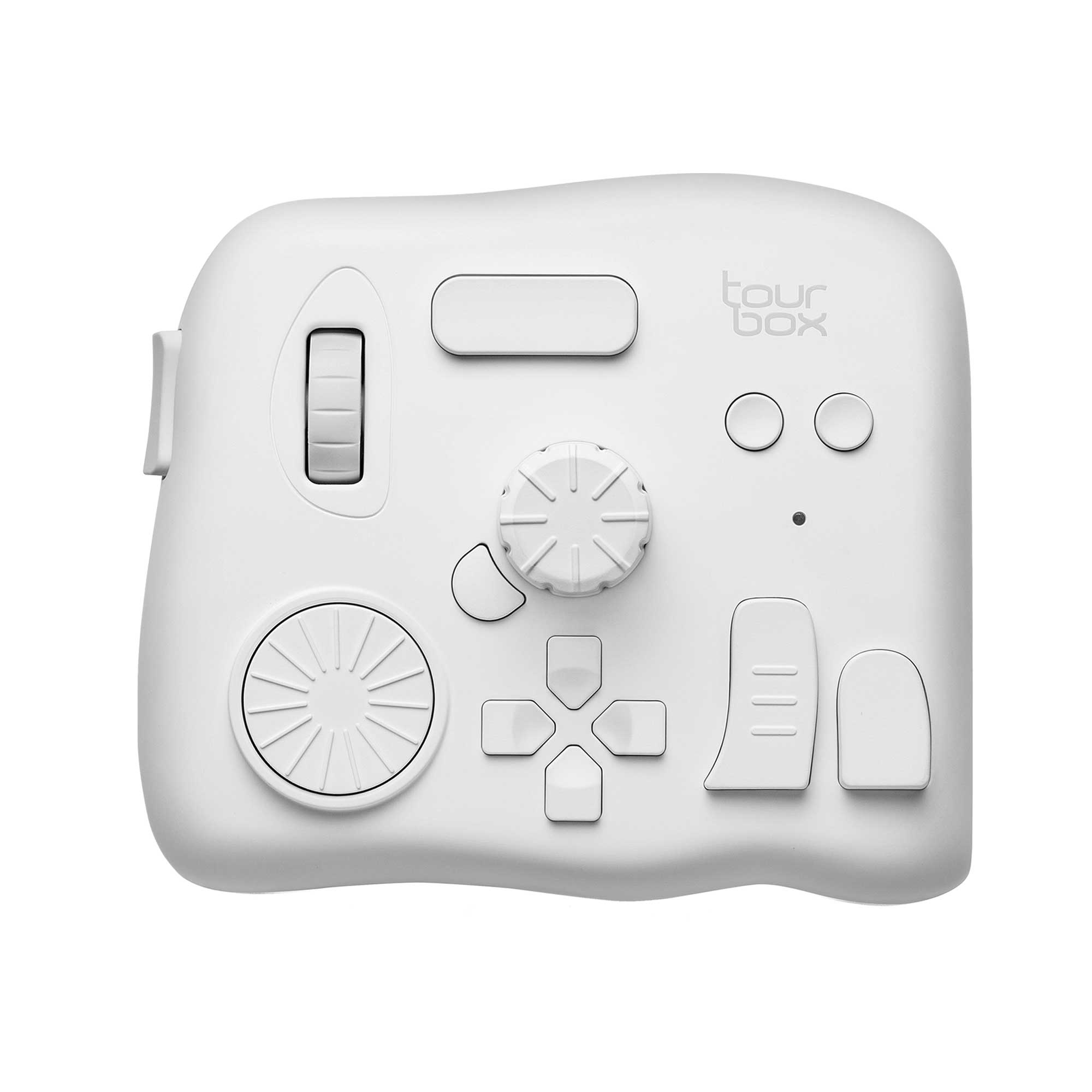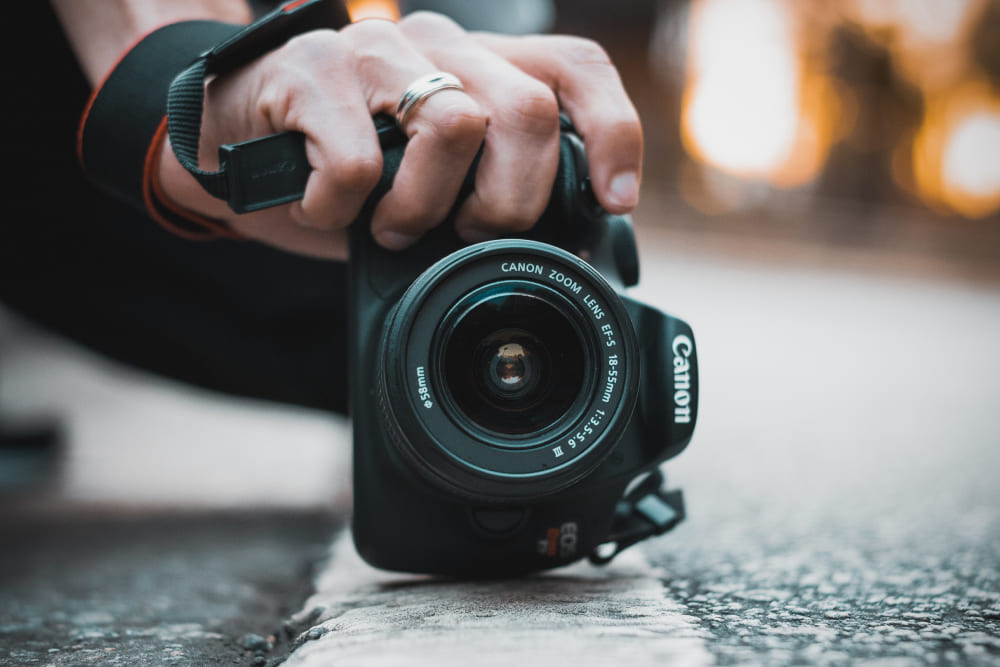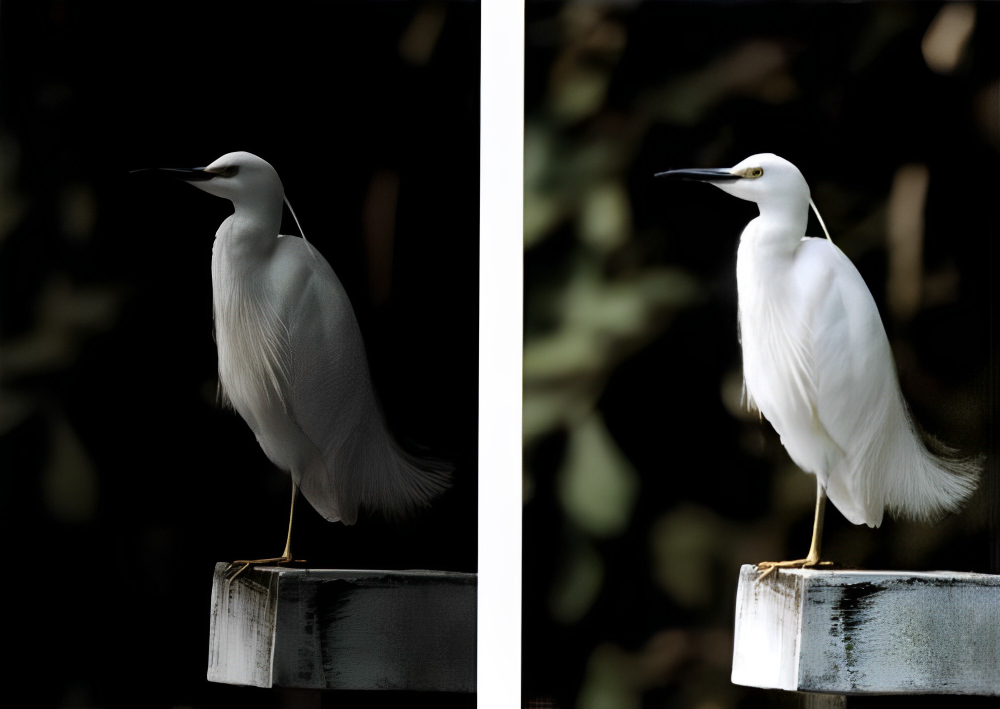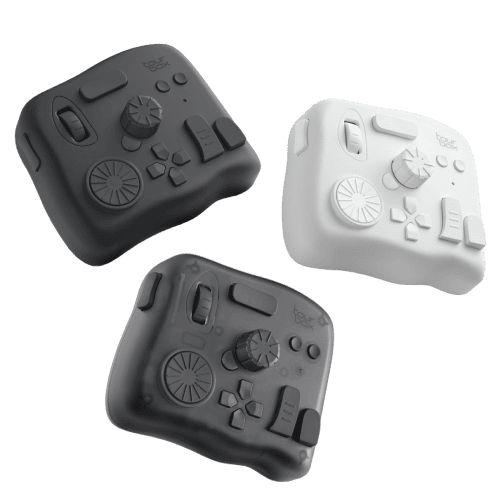An Ultimate Guide to the RAW File Format in Photography
Photography is an art form that allows us to capture the world around us in a way that is both beautiful and meaningful. With the advent of digital technology, photographers have been given a whole new set of tools to work with, including the ability to shoot RAW files.
But what exactly are RAW files, and why are they so important to photographers? In this article, we'll take a closer look at this powerful format and explore the benefits it can offer to anyone looking to take their photography to the next level.

In this article, you will learn:
- What Is RAW File Format in Photography
- RAW VS JPEG: Which One Is Better?
- How to Use RAW Files for Post-Editing?
- Final Thoughts About RAW File
What Is RAW File Format in Photography
RAW is one of the image storage formats used by digital single-lens reflex (DSLR) cameras. The extension of these files is typically ".raw", although the actual name can vary depending on the camera brand. For example, Nikon DSLRs save these photos with the ".NEF" extension.
Further Reading:
Rather than a standard image format, RAW should be considered a type of data file. It stores unprocessed and pristine photo data, representing the most original and genuine state of the captured image. Consequently, RAW cannot be classified as a digital photo format per se, but rather as a means of storing image data.
After importing RAW format photos to a computer, one must utilize specialized software for format conversion or processing before the images can be used.
You might wonder, given the complexities of RAW image format, why would anyone choose it as their preferred storage format. The answer lies in the distinct advantages that RAW offers.
Compared to common image formats like JPEG, RAW retains a richer array of original data from the captured photo. This means that after shooting, you can use dedicated software to adjust the color temperature, exposure compensation, contrast, sharpness, shadows, lens angle, and intricate details of light and dark in the photo, all based on the most original information.
In essence, the RAW image format is highly advantageous for the post-processing of photos.
While RAW files might present an extra step in the photo processing workflow, they provide photographers with an unmatched level of control over the final image outcome. This level of granularity, while potentially overwhelming for beginners, is often the key to achieving professional-grade results in digital photography.

RAW VS JPEG: Which One Is Better?
In the world of digital photography, the RAW format mirrors the raw data captured by the camera's sensor without any processing, preserving the integrity of the original data.
In contrast, the JPEG format undergoes in-camera processing and often reflects the manufacturer's specific processing preferences. For instance, images taken with Sony cameras are known for vibrant colors, while those shot with Fujifilm cameras tend to accentuate greens due to proprietary color processing.
In this section, we'll explore both sides of the coin. We hope that the summaries below will help you develop your own understanding of the two file formats: RAW and JPEG.
RAW Files Format
Advantages:
- Increased Quality: RAW files contain all the data from the sensor, without any processing. This results in higher-quality images compared to JPEG.
- More Post-Production Flexibility: RAW files offer a wider color space and more dynamic range, which provides more flexibility in post-processing. You can adjust exposure, white balance, contrast, and other parameters without degrading the quality.
- Non-destructive Editing: Because RAW files contain all the data from the sensor, you can edit and re-edit them without losing quality.
Further Reading:

RAW Format Solves Photo Exposure Errors
Disadvantages:
- File Size: RAW files are significantly larger than JPEGs. This can quickly fill up memory cards and hard drives and can slow down the post-processing workflow. For example, on a 4GB memory card, a Canon 60D can store approximately 490 large JPEG images, but only about 130 large RAW images.
- Requires Processing: RAW files can't be printed or displayed on the web as they are. They must be processed and converted to JPEG or another format, which can be time-consuming.
- Compatibility: Not all image viewers and editors support RAW files. You may need specific software to open and edit them.
- Slows Continuous Shooting Speed: Due to their large size, RAW files take longer to read and write, which can slow down the camera's shooting speed and reduce the number of continuous shots that can be taken.
JPEG Files Format
Advantages:
- Smaller File Size: JPEG files are much smaller than RAW files. This makes them easier to store, share, and upload to the web.
- Immediate Usability: JPEGs are processed in-camera and are ready to use immediately. They can be printed, displayed on the web, or viewed on any image viewer right away.
- Standard and Widely Supported: JPEG is a standard format that is universally recognized. You can open a JPEG file in almost any image viewer or editor.
Disadvantages:
- Lower Quality: JPEGs are compressed files. In order to reduce file size, some image data is discarded during the conversion process, which can result in a loss of image quality.
- Limited Post-Production Flexibility: Because JPEGs are processed in-camera, there is less flexibility in post-production. Adjusting exposure, white balance, and other parameters can degrade the image quality.
- Lossy Compression: Every time you save a JPEG, the image is compressed and some data is lost. This can lead to a degradation of image quality over time if the image is repeatedly edited and saved.
If you're a professional photographer or a serious hobbyist who needs the highest quality images and the most post-production flexibility, RAW is likely the better choice. On the other hand, if you need to save space, want to avoid post-processing, or need to share images quickly, JPEG might be the better option.
Watch the YouTube video below (made by steeletraining) for further details on RAW and JPEG file formats.
How to Use RAW Files for Post-Editing?
Once you've captured your images in RAW format, the real magic begins. Post-production is an integral part of the photography process, where you transform your vision into a reality. RAW files are especially beneficial for this stage due to their high amount of detail and flexibility.
RAW files require specific software to read and edit. Some of the popular choices among photographers include Adobe Lightroom, Adobe Photoshop, and Capture One. These applications allow you to manipulate uncompressed data from your camera sensor.
With a RAW file, you can adjust several parameters without damaging the quality of your photo. You could change exposure, white balance, shadows, highlights, and more. Unlike JPEGs, these adjustments are non-destructive. That is, you can always revert to the original data if you aren't satisfied with the results.
However, there's a downside to this flexibility - it can be time-consuming. You might find yourself spending more time behind the screen tweaking these parameters than actually capturing new images. This constant adjustment can distract from the creative process and reduce your overall productivity.
This is where TourBox comes into play. TourBox is an innovative tool designed to accelerate your editing process and free up more time for your photography. It is a console that offers shortcuts to various controls in your editing software, thereby reducing the need to navigate through menus and sliders.

With TourBox, you can quickly adjust parameters like exposure, contrast, and saturation with just a twist or press of a button. It is compatible with a wide range of software, including the aforementioned Adobe Lightroom, Photoshop, and Capture One.
TourBox can be customized to your specific workflow. You can assign different functions to each knob, dial, and button, allowing you to streamline your editing process and concentrate more on the creative aspects of your photography.
Final Thoughts About RAW File
The RAW File offers unrivaled flexibility and potential for image quality improvement in post-processing, making it a top choice for professional photographers. However, its larger file sizes and need for specialized software may pose challenges, particularly for amateur photographers or those with limited storage resources.
Each photographer needs to weigh these pros and cons to decide which format best suits their needs.